6. Bioenergy/CHP
> Clean energy jobs growth 2017-2020: 6.14%
> Clean energy jobs growth 2017-2019: 9.84% — 6th highest
> Employment 2017: 37,825 — 10th lowest
> Employment 2019: 41,546 — 10th lowest
> Employment 2020: 40,146 — 10th lowest
Bioenergy, while employing relatively small numbers of workers, is a growth industry, offering a flexible, local, clean source of electricity, using biomass of varying feedstocks and offering the added efficiency of using the heat created in the process. Currently, biomass CHP (combined heat and power) is mainly used in paper, wood products, chemical, and food processing, but the EPA is encouraging its expanded use through partnerships with industry leaders.
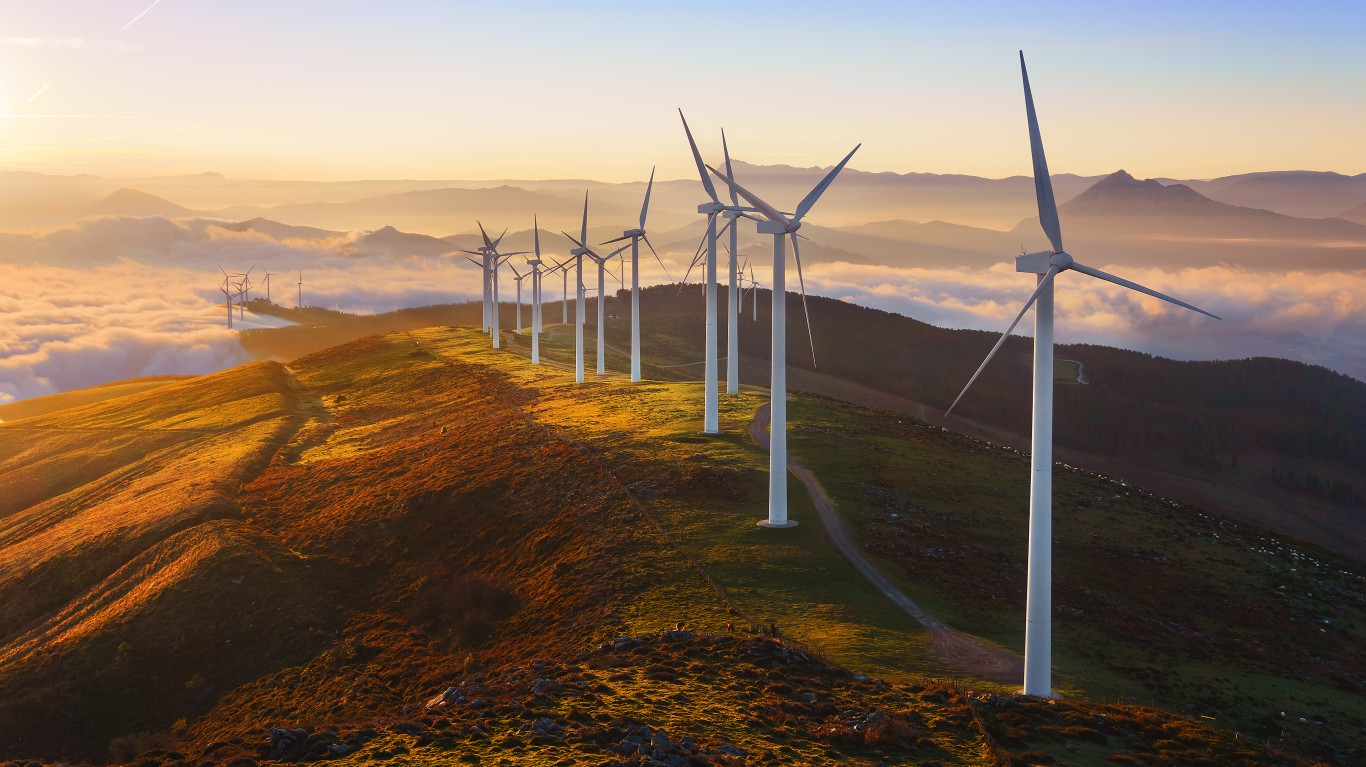
5. Wind energy
> Clean energy jobs growth 2017-2020: 8.72%
> Clean energy jobs growth 2017-2019: 6.82% — 11th highest
> Employment 2017: 107,444 — 7th highest
> Employment 2019: 114,774 — 7th highest
> Employment 2020: 116,817 — 8th highest
Power from wind is clean, affordable — and getting more so — and usable in all 50 states. Unlike several other subsectors, wind energy showed continued growth through 2020, an indication that its growth is unstoppable. The EPA predicts that it will provide 600,000 jobs by 2050. It will also avoid the emission of 250,000 metric tons of air pollutants and 12.3 gigatonnes of greenhouse gases.
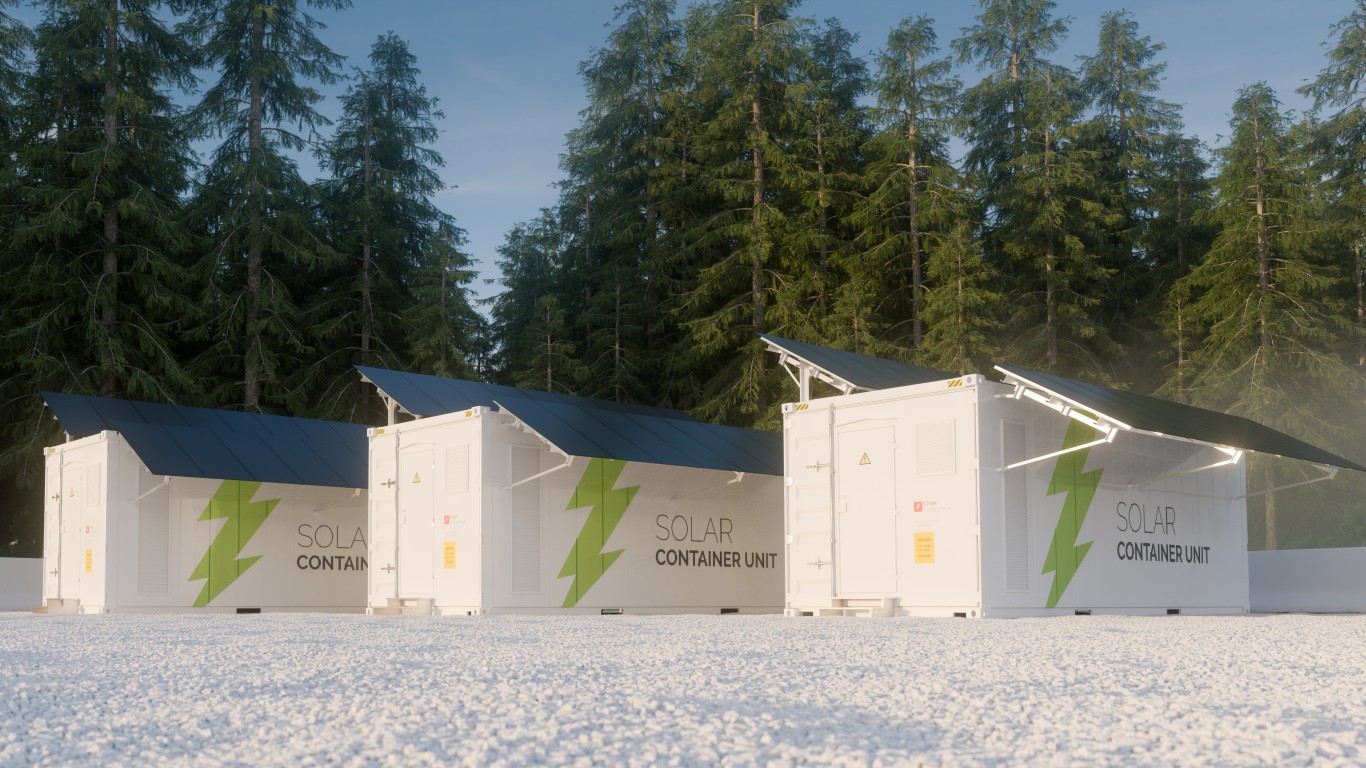
4. Clean storage
> Clean energy jobs growth 2017-2020: 16.70%
> Clean energy jobs growth 2017-2019: 19.18% — 2nd highest
> Employment 2017: 66,874 — 10th highest
> Employment 2019: 79,699 — 9th highest
> Employment 2020: 78,040 — 10th highest
Energy storage is an essential element in the future clean power grid, filling the gaps in the intermittent power created by solar and wind. As such, it has experienced an intensive research and development push in recent decades and significant advances in recent years. It will continue to surge as we move toward a fossil fuel free energy future, spurred by demand and falling prices for lithium-ion batteries. While not a huge job generator, it will be a reliably growing one.
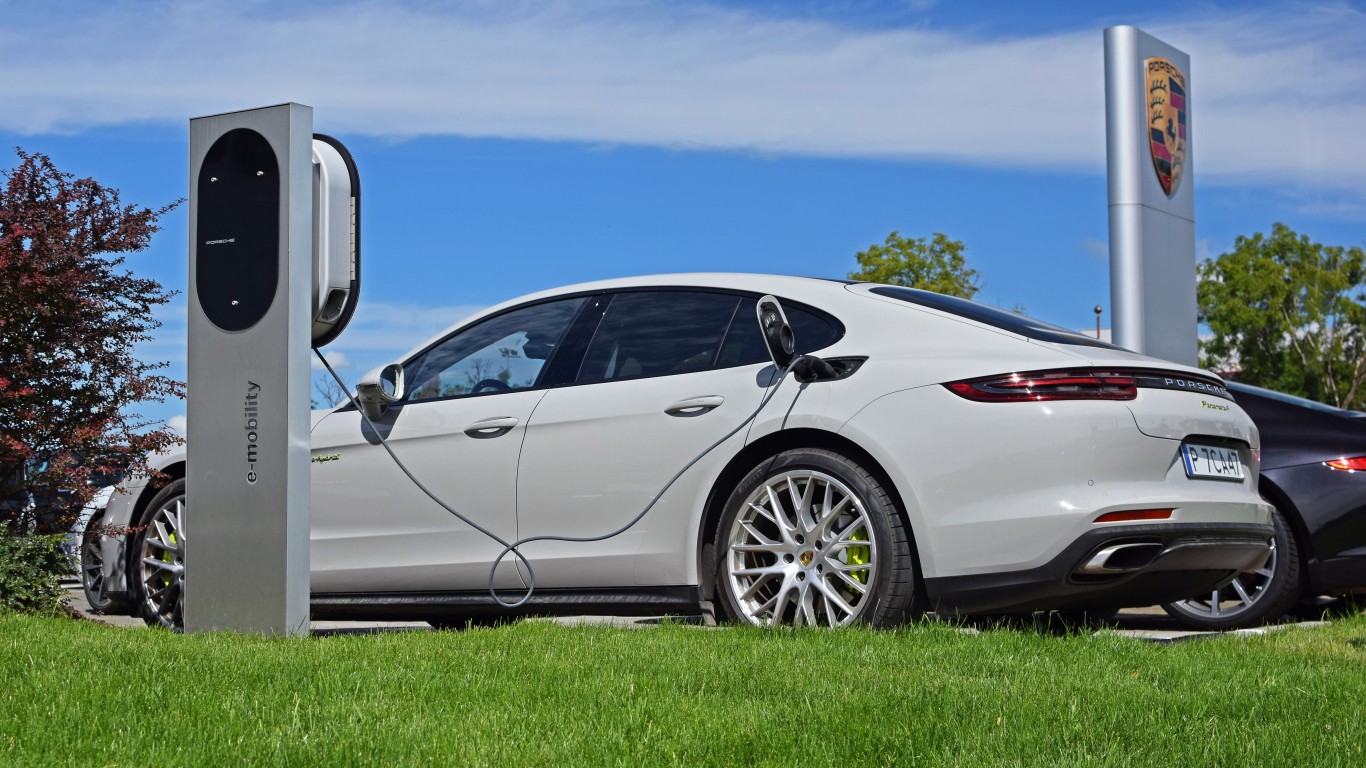
3. Plug-in hybrids
> Clean energy jobs growth 2017-2020: 18.69%
> Clean energy jobs growth 2017-2019: 28.06% — the highest
> Employment 2017: 40,308 — 11th highest
> Employment 2019: 51,619 — 11th highest
> Employment 2020: 47,842 — 11th highest
Plug-in hybrids have both electric motors and gas combustion engines, with the ability to recharge the battery. Though not as clean as all-electric cars, they provide consumers the reliable range guaranteed by readily available gasoline. Concerns about getting stranded will subside as battery technology continues to improve and charging stations are installed across the country. For now, plug-ins are transitional vehicles.
Though the industry is still growing, it is already losing market share to all-electric cars. In 2012, the ratio between all-electrics and plug-in hybrids was 56:44; in 2020, it was 69:31, according to reports by McKinsey and EV Volume. The workforce will likely shift with the trend.
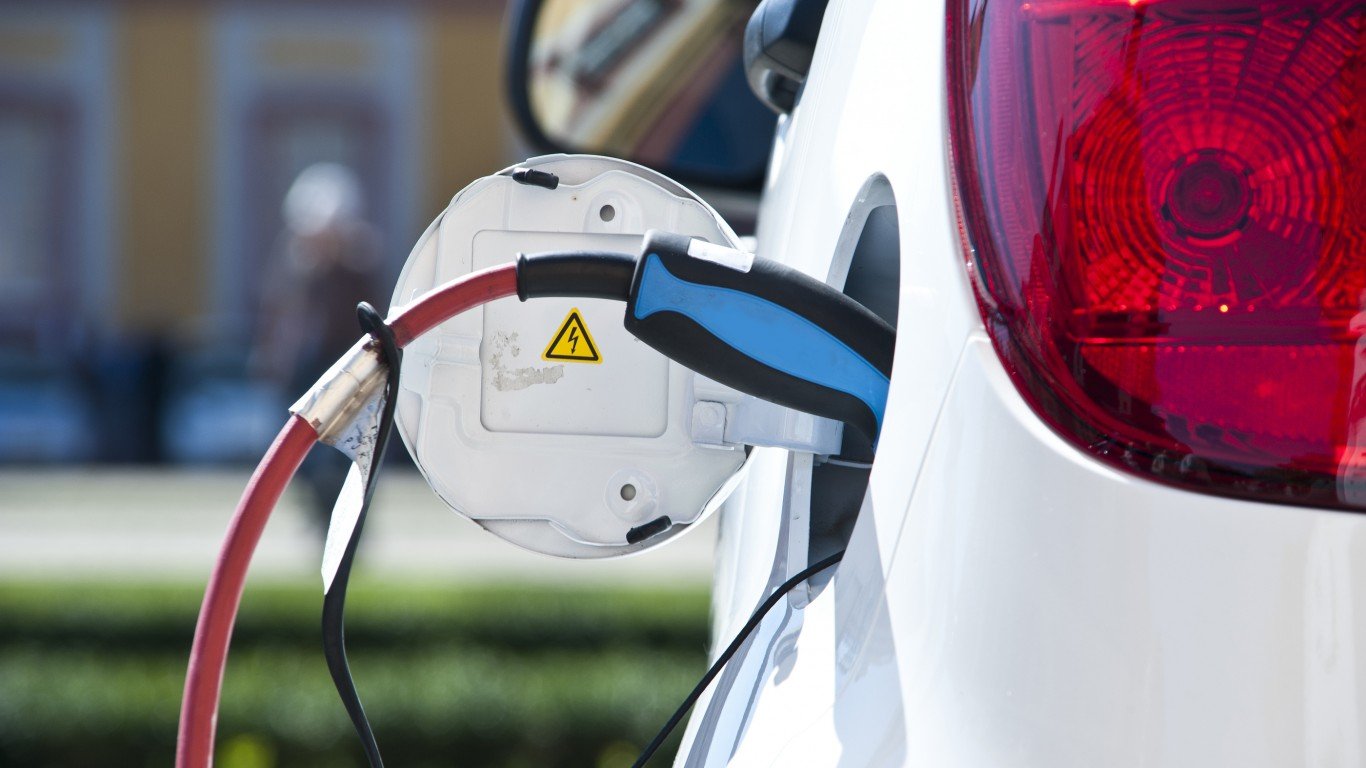
2. Hybrid electric vehicles
> Clean energy jobs growth 2017-2020: 19.79%
> Clean energy jobs growth 2017-2019: 13.60% — 3rd highest
> Employment 2017: 99,871 — 8th highest
> Employment 2019: 113,449 — 8th highest
> Employment 2020: 119,638 — 7th highest
Even as plug-in hybrids are slowly being replaced by all-electric vehicles, sales of hybrid cars continued apace through the 2020 pandemic year and are currently booming. While U.S. car sales generally grew by 29% in the first half of 2021, hybrid sales surged by 142%, according to the Washington Post.
While their popularity exceeds that of electric vehicles, with hybrids comprising 4.9% of the cars on the road compared to 2.3% for all-electrics, they will eventually be phased out along with other gas-powered vehicles. Still, their acceptance by a public that has a growing interest in eco-friendly cars, but still fears the limitations posed by electric vehicles, means that job growth in the hybrid car industry will continue — at least in the short term
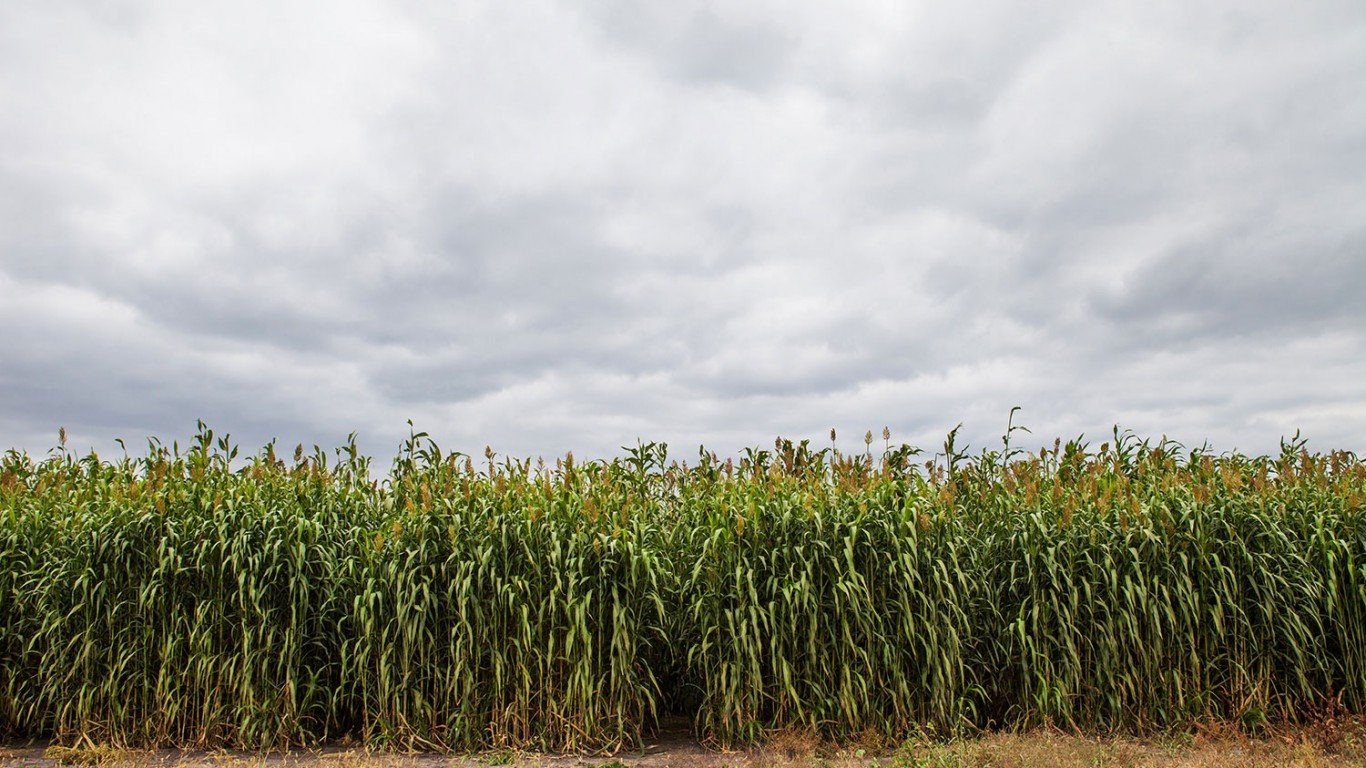

 24/7 Tempo
24/7 Tempo




